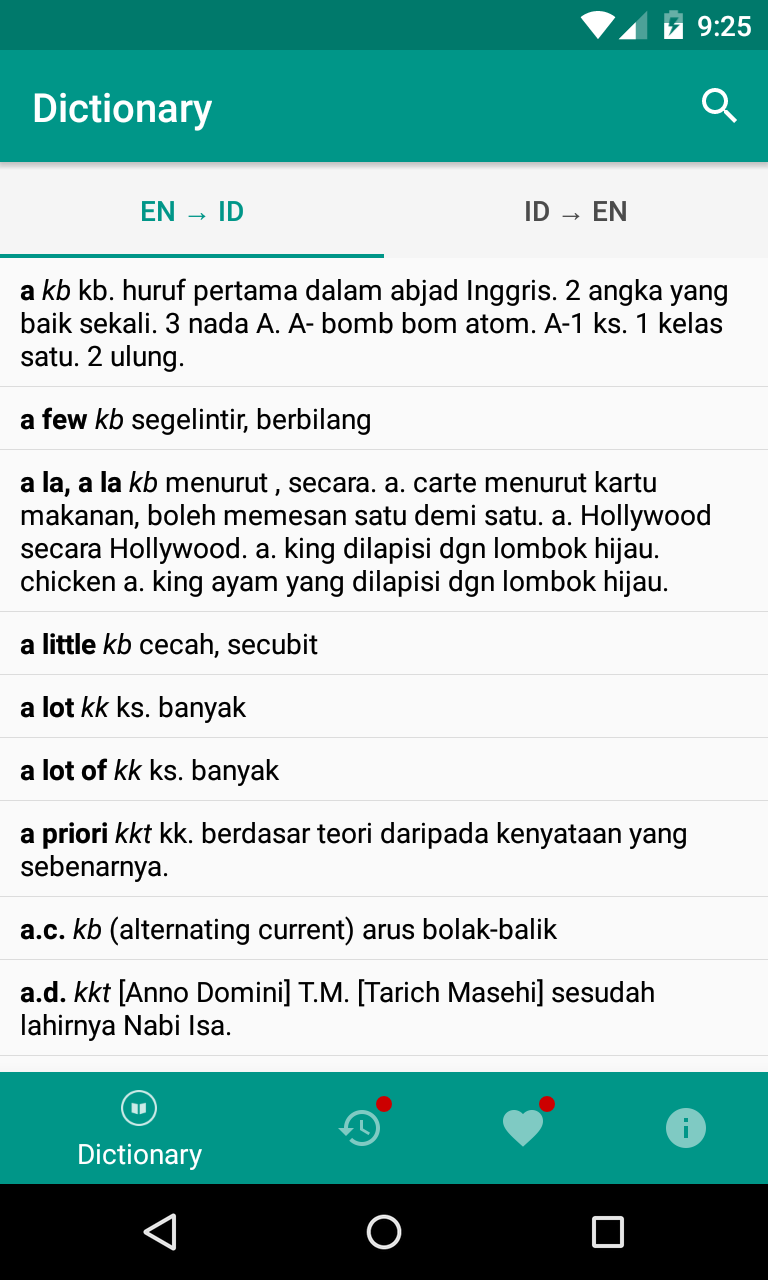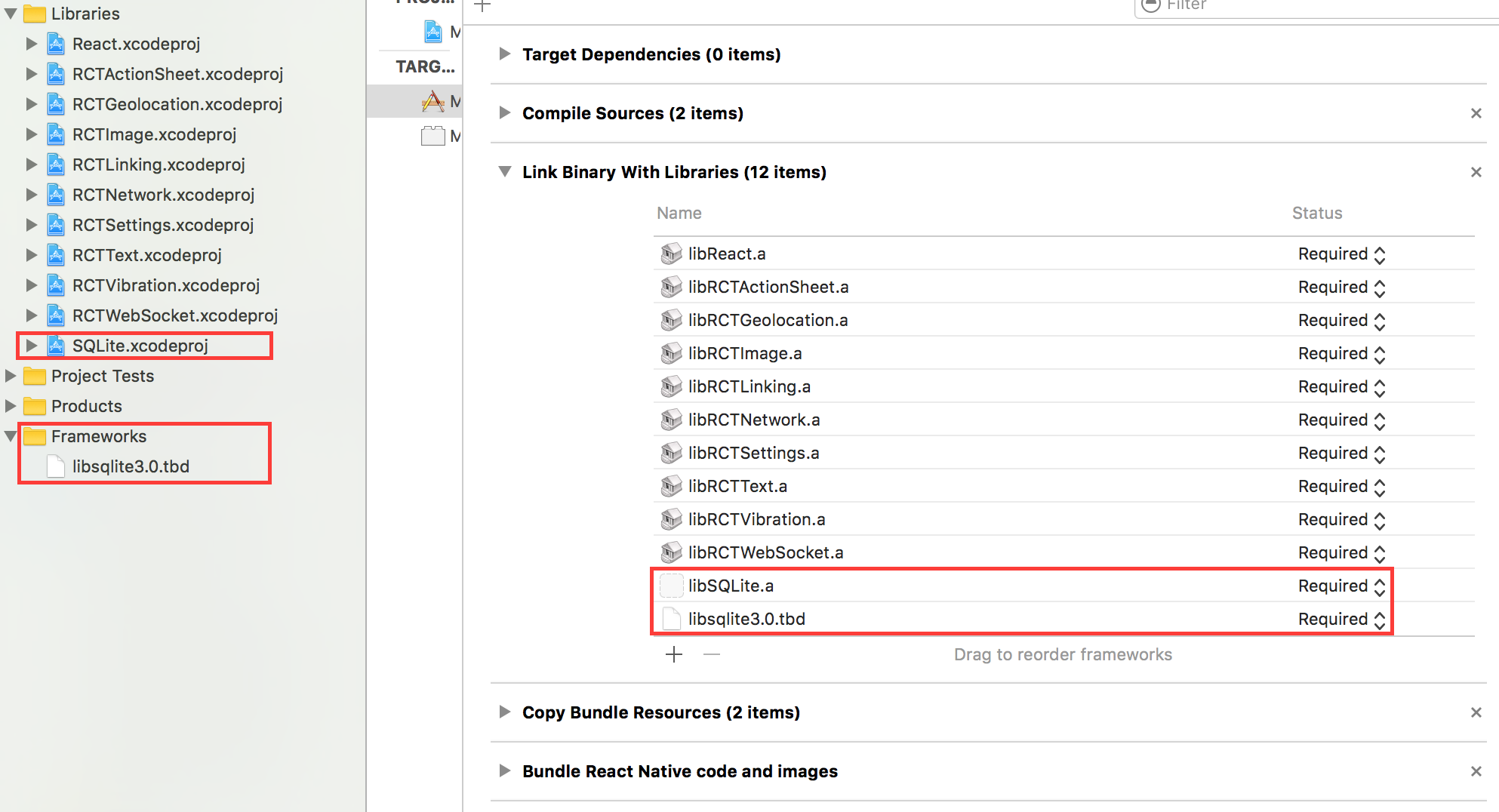

Secondly, because you natively needed a lot of code to transform the result of a query into a Java object. This means that if there is an error, you'll ONLY see it when your app crashes. :waw:
#Android remote sqlite database verification#
The disadvantage of this method is that there is no option for verification by your IDE (Android Studio) at the time of the compilation. "CREATE TABLE " + FeedEntry.TABLE_NAME + " (" +įeedEntry._ID + " INTEGER PRIMARY KEY," +įeedEntry.COLUMN_NAME_SUBTITLE + " TEXT)" private static final String SQL_CREATE_ENTRIES = quite complicated!įirst, because SQL queries were “ hard-coded” in static String variables. Historically in Android, manipulating an SQLite database was. How SQLite worksīecause it takes up so little space ( the source code of SQLite is less than 2 MB), SQLite can be found in a lot of software such as web browsers, embedded systems, and operating systems like Android. :)

Unlike traditional database servers such as MySQL, PostgreSQL or Microsoft SQL Server, the entire database is stored in a file (not on a remote server). It’s a relational database engine that can be fully manipulated with SQL language. In Android, we have the ability to store this data in a database called " SQLite".īack to SQLite. Generally, this type of data is stored in a relational database. Well, not really! ) When I say structured data, I mean data that has strong relationships between them. It’s easy, we did it in the last section! Open a file, and store our structured data inside, right? :)


 0 kommentar(er)
0 kommentar(er)
